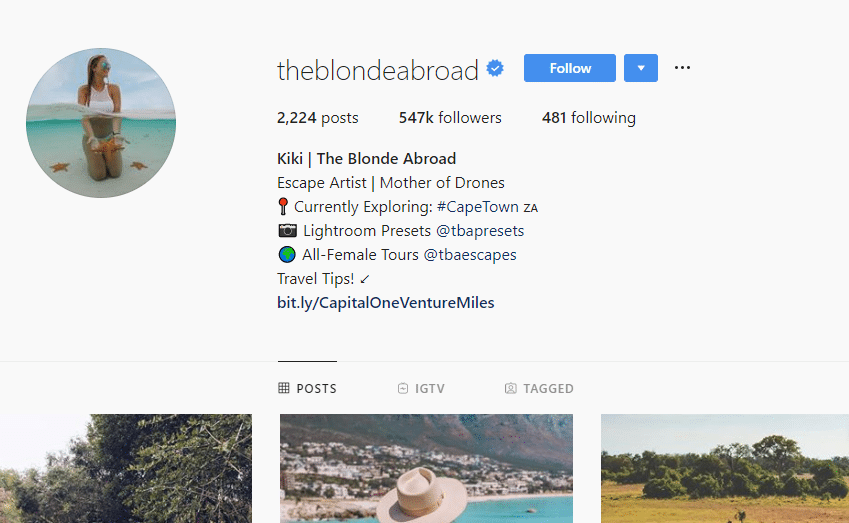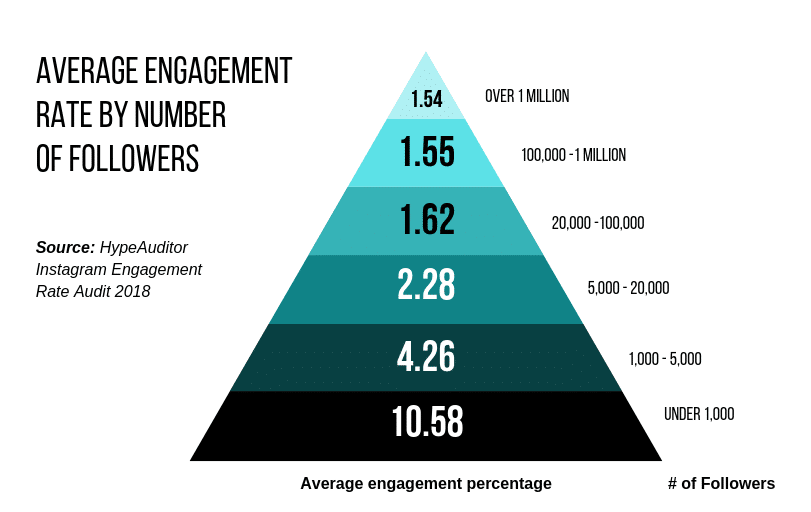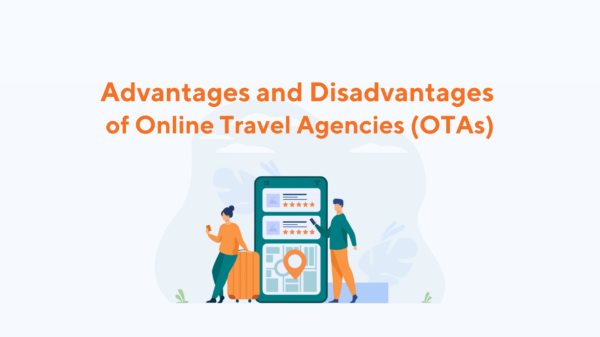“Influencer marketing” has been one of the biggest buzzwords in travel in recent years, but as buzzwords go, it’s easy to understand. People are more likely to trust recommendations from their friends than from pure advertising. Thanks to the magic of parasocial relationships, those friends just happen to be Instagram stars with thousands (or millions) of followers.
It might sound ridiculous–who would care if some Instagrammer wears these shoes or visits that hotel?–but influencer marketing works. And it doesn’t just work by tricking consumers. Even when people are fully aware that they’re looking at sponsored content, they’re still more interested in engaging with it when it comes from someone they trust.
Skeptical? A Collective Bias survey found that less than 2% of consumers reported feeling annoyed or irritated by sponsored content. At the same time, consumers are so frustrated by brand-created ads that 30% of them block Internet ads outright, citing annoying or intrusive ads as their main reason.
Collective Bias also found that a stunning third of 18 to 35 year-olds have reported making purchases based on sponsored posts–and those are just the ones who realized it.
The Blonde Abroad, a successful travel influencer, shares sponsored content regularly
Clearly, influencer marketing is a must for many brands in an age where consumers are growing more and more skeptical of traditional advertising. So where should an interested tour or activity provider start?
Find influencers in their natural habitats
While many agencies are more than happy to connect brands with their influencers, you’ll get better results if you know what you’re looking for first.
For that, you’ll need to explore the platforms where they work. In most cases, that’s Instagram. Sponsored posts are an expected part of Instagram culture. It also has amazing engagement rates for a social platform, averaging 1.73% per post compared to Facebook’s 0.16% or Twitter’s paltry 0.046%.
YouTube is a good second choice, particularly if you want to reach young men. Snapchat is continuously losing market share and relevance to Instagram, so it’s not a great long-term bet. And while Twitter is a great place to connect with customers, it doesn’t succeed nearly as well as a destination for influencer marketing.
Finding influencers on Instagram is as easy as shooting fish in a barrel, but finding the right influencer is trickier. Search for terms that are relevant to your business, and find the people making wave within those hashtags. Look at the content they post and the ways they engage. Even if you end up going through an agency, this research will show you what to look for in an influencer.
Don’t obsess over follower counts
The biggest influencers on Instagram have over 100 million followers. Unless your budget is also in the millions, those aren’t the sorts of influencers you’ll be working with.
Today, most brands that don’t have global reach are working with micro-influencers and nano-influencers. Definitions vary, but micro-influencers generally have followers in the tens of thousands, while nano-influencers usually fall below that ten thousand mark.
That may not seem like enough reach, but that depends on your goals. If you want to reach
people with engaged local audiences, nano-influencers may be your best bet. According to HypeAuditor, Instagram users with under one thousand followers actually see the highest average engagement rates at 10.58 percent.
Many of the best travel influencers fall well within the micro-influencer range, where engagement is still reasonably good.
Narrow your search
Just as bigger isn’t necessarily better when it comes to influencers, a broad reach can also be a problem.
Instagram users follow people who share their interests. Fitness enthusiasts follow fitness buffs. Pet owners follow pet accounts. A pet toy popping up as sponsored content from a personal fitness trainer would be as out of place as protein powder being advertised on a cute dog’s feed.
While tours and activities can appeal to people with all sorts of interests, they’re only suitable as sponsored content from certain types of influencers. If you provide food tours for world travelers, look for influencers who promote food tourism. If you want to reach adventurous locals, then you’ll want to find someone local who documents their adventures and look at the people who engage with them. Search in appropriate hashtags and go through existing content until you find a good fit.
Maintain campaigns and relationships
Once you find an influencer and work out a deal, your relationship is only just beginning. Successful marketers work closely with their social media superstars–but not too closely. Remember, you’re working with this person because they’re seen as an authentic authority in your market. Taking away their creative control can prevent them from getting the results you want.
Influencer marketing can be a bit of a gamble. Sometimes influencers don’t put in the necessary work, and sometimes sponsored posts just don’t land. If you aren’t happy with your results, you may need to adjust your campaign or you may not want to work with the same influencer again.
If you are happy with an influencer, it may be a relationship worth maintaining, especially if you’re working with someone who’s actively growing their audience. Competition for top influencers can be fierce, and working with someone who’s just starting out can be a huge advantage when their career explodes.
Treat it like advertising
Consumers may not think of sponsored content as quite the same thing as advertising. For businesses, however, that’s exactly what it is–and it should be treated as such.
Set a reasonable budget for your campaign. Monitor the sponsored content influencers put up on your behalf. Watch the likes and the comments to see who’s engaging and how. Set measurable goals and make sure they’re being met.
Influencer marketing can be a valuable tool, but it’s not magic. It’s just advertising, albeit presented by a relatable, fallible human. Approach it with the same rigor you’d put into any advertising campaign and you’ll be well on your way to sponsored content success.
Search The Blog
Most Popular Articles
- 16 Innovative Tourism Business Ideas and Trends for 2025
- Your Marketing Mix: the 7 Ps of Travel and Tourism Marketing
- How to Create a Business Plan for Your Tour or Travel Company
- Promo Codes for Tour Operators: How to Use Them to Drive Bookings
- 10 Strategies to Increase Sales and Revenue in Tourism







